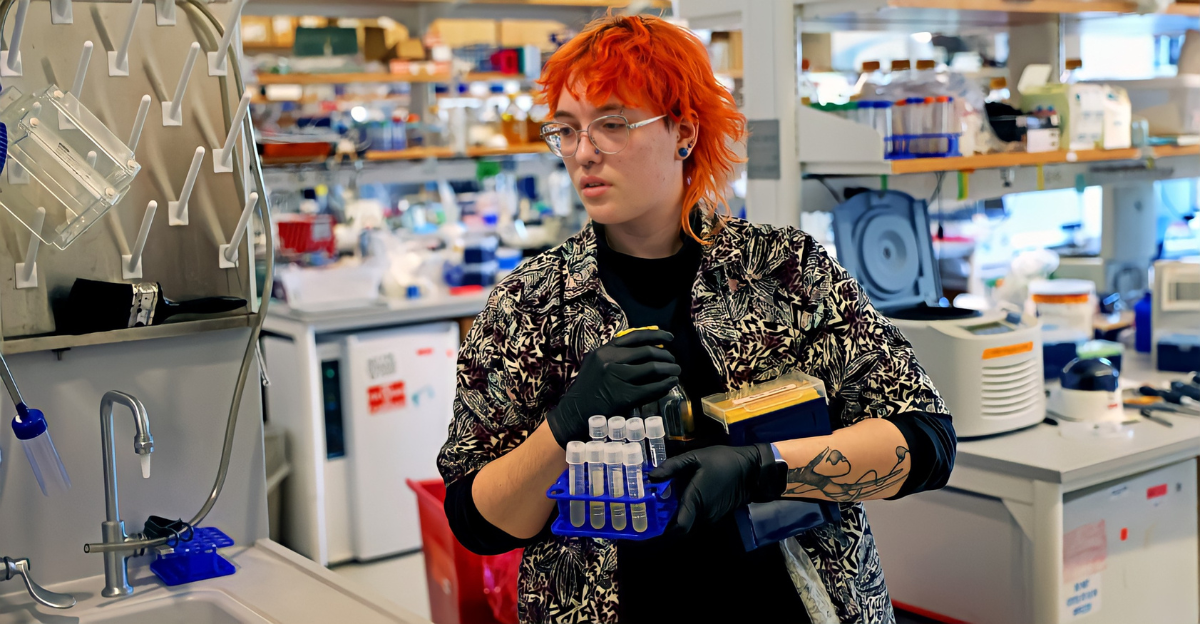
By early June 2025, Harvard was reeling from an unprecedented assault on its research budget. The Trump administration abruptly canceled over $2.2 billion in federal grants and contracts to Harvard, rescinding nearly 1,000 active awards.
These funds supported hundreds of laboratories and projects — from cancer treatments to tuberculosis vaccines and multiple sclerosis studies.
With that money gone, hundreds of graduate students and postdoctoral researchers suddenly found themselves scrambling for new support.
The university estimates the disruptions could delay critical advances for years, as scientists struggle to replace government funding with uncertain alternatives.
Escalating Stakes
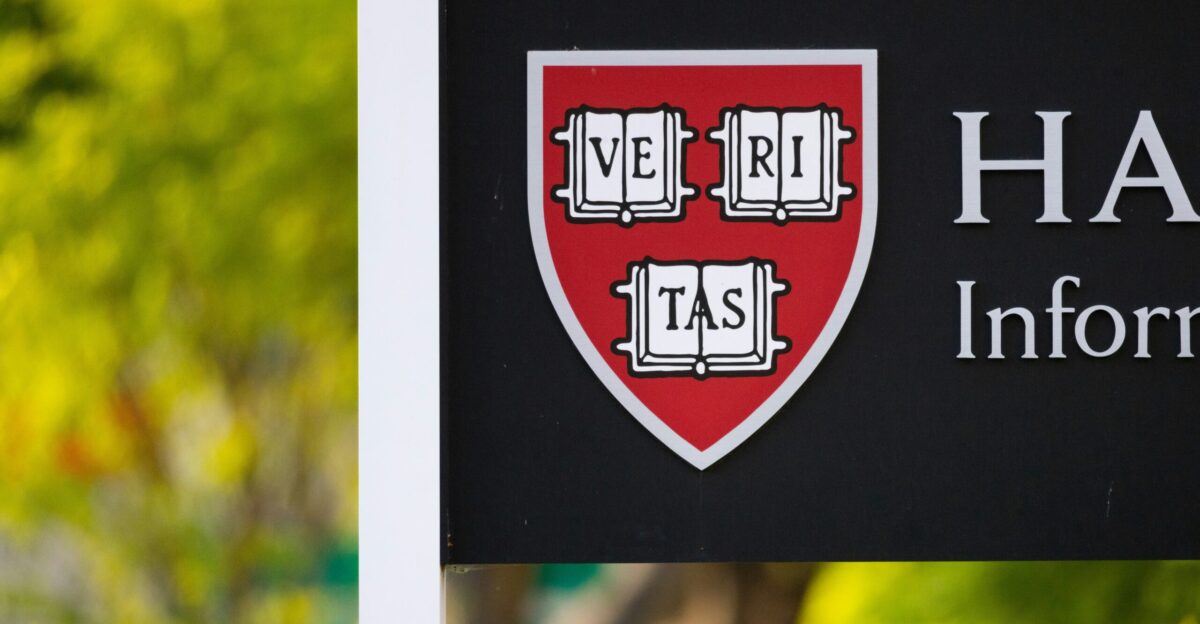
In the months after April, the scale of the cuts kept growing. By late May, journalists reported more than $2.7 billion in Harvard’s grants had been terminated, and the count kept rising toward $3 billion.
The Harvard Medical School alone saw roughly 350 research grants canceled, and Harvard Chan School lost virtually all of its federal awards (about 190 grants).
Harvard officials warned that if cuts continued it could cost the university up to $1 billion per year and force hiring freezes and lab closures.
Taken together, observers say this represents the largest loss of research funding ever imposed on a U.S. university.
Federal Research Partnership
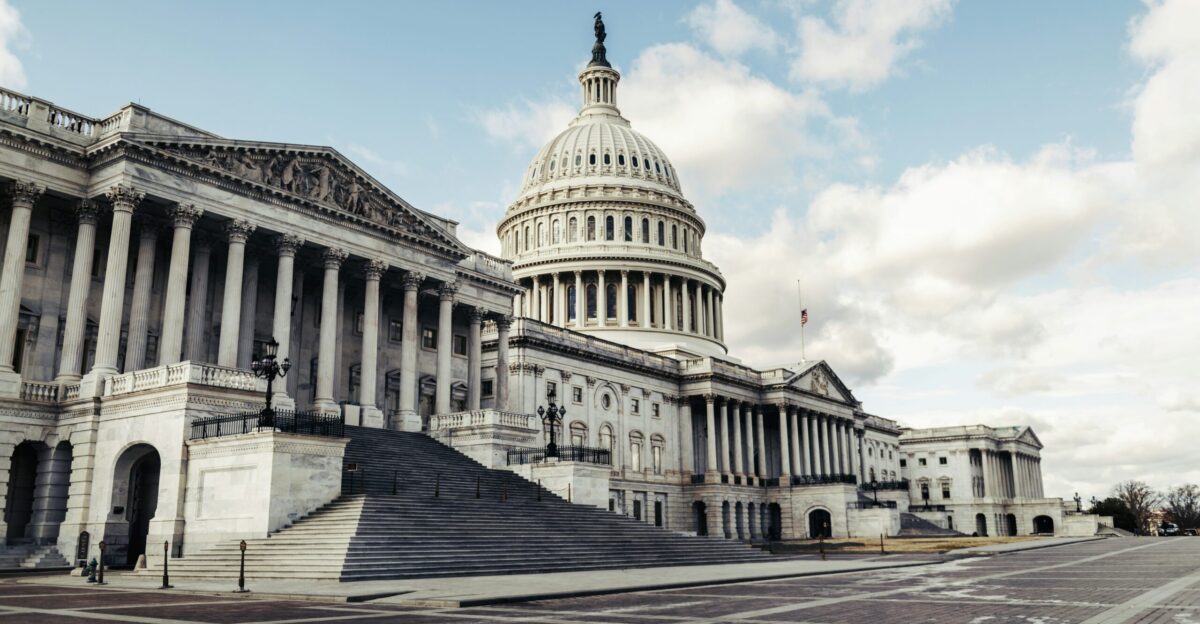
For eight decades, Harvard has relied on a partnership with the federal government as a lifeline for research. After WWII, Vannevar Bush famously advocated sending government money to universities to drive innovation.
Today, federal grants still account for roughly 10–11% of Harvard’s annual budget.
Major agencies — NIH, NSF, DOE, DOD, NASA, USDA and others — have long funded Harvard labs. Harvard’s School of Public Health is especially exposed: about half its budget comes from Washington.
Administrators note that this public funding has enabled breakthroughs that “saved tens of millions of lives,” from vaccines to medical devices.
Mounting Pressures
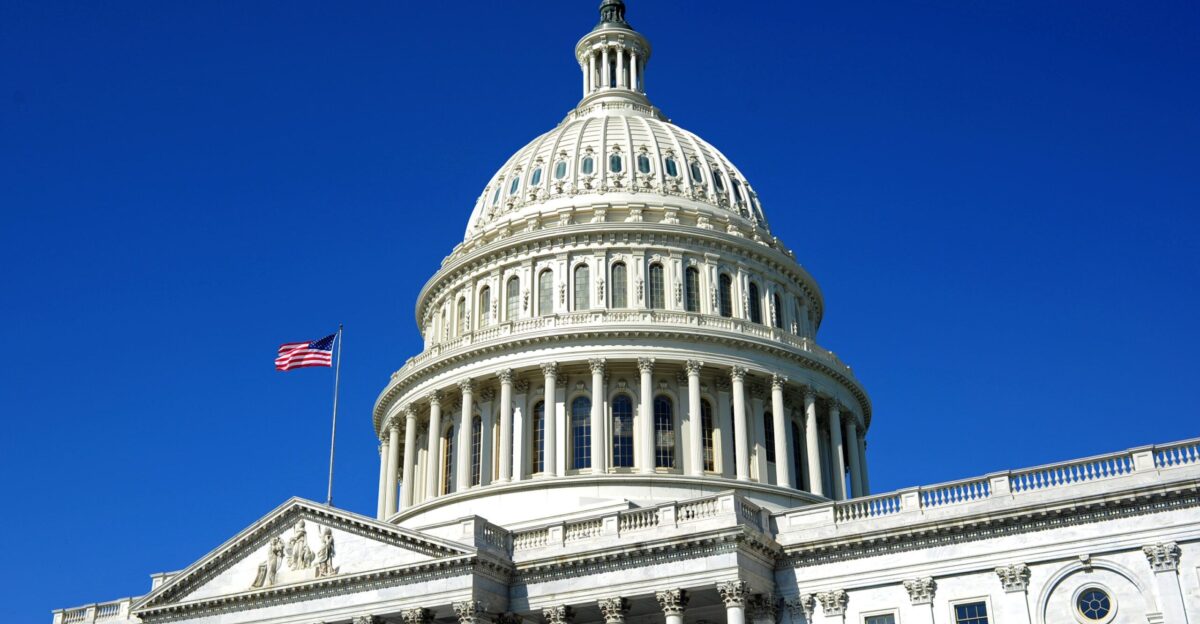
This battle did not begin overnight. In early 2025, the federal government ratcheted up demands on universities nationwide, targeting what it called “wasteful spending” and sweeping diversity programs.
Administration letters ordered Harvard to conduct “viewpoint diversity” audits and overhaul admissions policies.
As part of the crackdown, at least two dozen universities saw a total of $11 billion in funding suspended nationwide.
Harvard, however, bore the brunt. Officials even threatened to strip Harvard of its tax-exempt status and cut off visas for foreign students.
The Freeze Begins
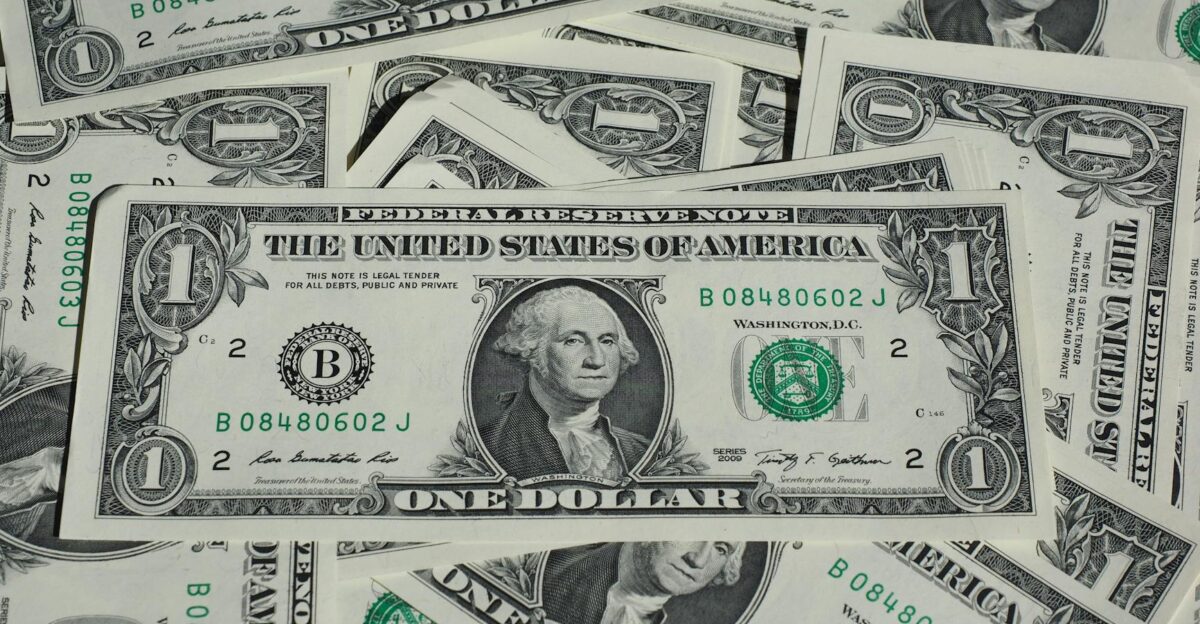
On April 15, 2025, the administration put its threats into action. It announced an immediate freeze of $2.2 billion in Harvard’s multiyear research grants, explicitly citing Harvard’s alleged failures on campus antisemitism and its refusal to eliminate DEI programs.
Nearly 1,000 grants across Harvard schools were halted. Harvard’s leadership responded by suing the government that same week, calling the blanket freeze “unlawful” and an overreach.
The White House defended the move as necessary to root out “waste, fraud and abuse” in federal spending. For many on campus, the news was a gut punch.
“It feels disappointing,” says first-year Ph.D. student Jason Biundo, who had been choosing a lab for his studies.
Medical Impact

Harvard Medical School and its affiliated hospitals were hit especially hard. Thousands of doctors, lab technicians, and some 800 postdoctoral fellows suddenly face uncertain futures.
Labs working on everything from radiation-countermeasure drugs to ALS diagnostics and tuberculosis vaccines were forced into stop-work mode.
“In some of these sites, people have to start laying people off now,” warns Harvard epidemiologist Sarah Fortune, whose $60 million TB grant was canceled.
The collapse of this federal support immediately stalled patient-centered research — as Fortune notes, it would take decades to rebuild. Bioengineer Donald Ingber adds that even projects aimed at future threats (like mitigating cosmic radiation for long-distance space travel) have had to pause, despite their urgent long-term importance.
Human Stories

Amid the broad statistics, individual voices convey the human toll. “Amazon’s not interested in that question. Pharma is not interested,” says Harvard health policy researcher Rita Hamad, pointing out that basic public-health questions have no obvious corporate sponsor.
Faculty like her, who lost multimillion-dollar grants, fret about the gap.
At Harvard Medical School, professor Kanaka Rajan sums it up grimly: “These terminations put medical breakthroughs on pause, effectively playing with patients’ lives”.
For trainees, the crisis is existential. “Our trainees are looking for jobs overseas,” reports HSPH professor Laura Kubzansky, warning that many students “will go at the first opportunity they have” if the uncertainty continues.
Competitor Responses
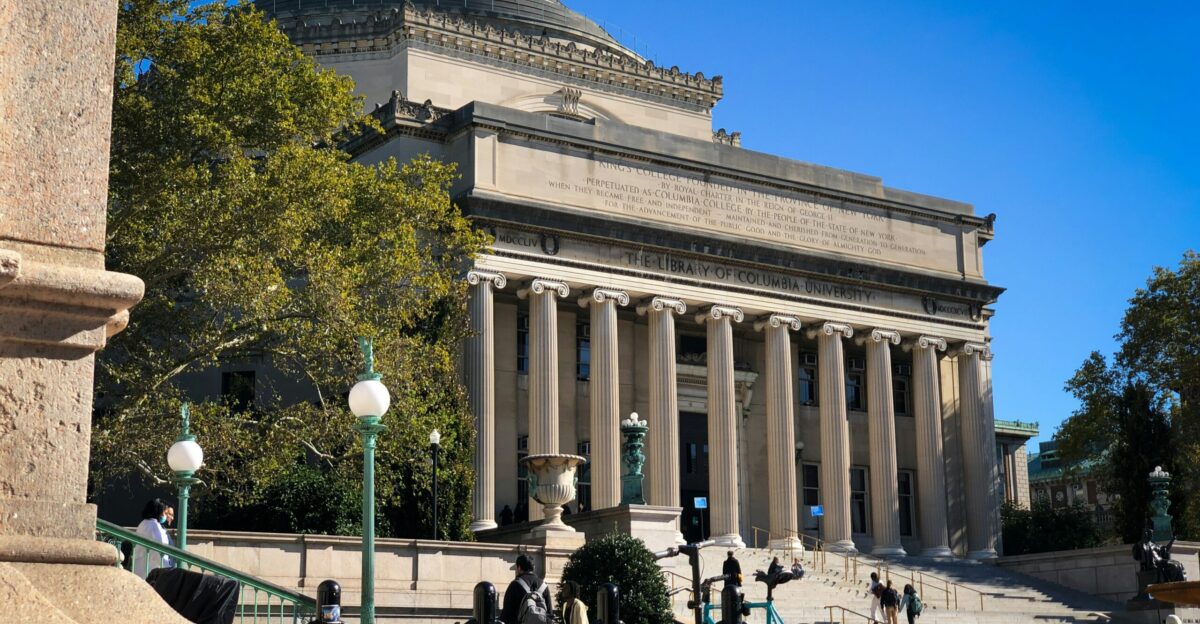
Other top institutions have chosen different tactics to restore their funding. In July, Columbia University agreed to a settlement with the Trump administration, agreeing to pay roughly $200 million to have its suspended grants reinstated.
Similarly, Brown University reached a compromise: Brown will not fine the government but will spend $50 million over 10 years on Rhode Island workforce programs as part of an agreement to lift its funding freeze.
Back in April, Northwestern University quietly committed to using its own resources to fund any research that had been cut, and Johns Hopkins launched new bridge-grant programs funded by its endowment to keep scientists on payroll.
National Implications
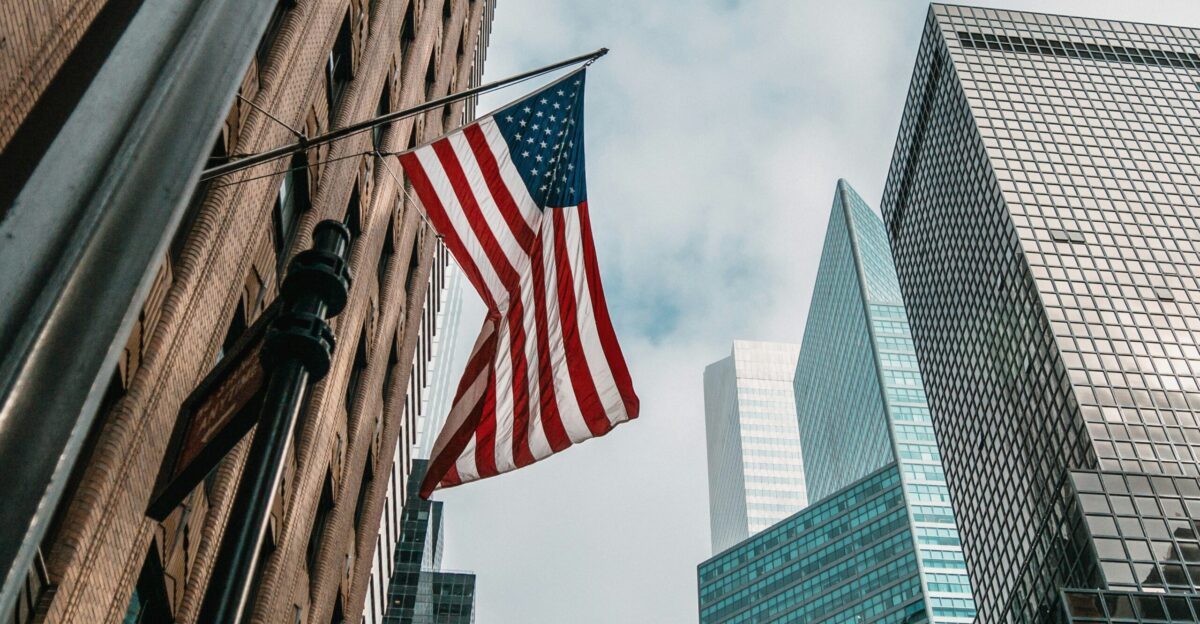
Experts across academia agree this is a national crisis for U.S. research. AAUP president Todd Wolfson warns, “This is obviously the most intense assault on higher education by the federal government in the history of the United States”.
Federal agencies have started demanding that all future grants align with vague “national interest” criteria, and even Congress is debating deep cuts to the NIH budget.
The funding freeze at Harvard sent shock waves nationwide: at least $11 billion of university grants have been targeted or canceled.
Many scientists fear that even if the money is restored, the politicization of grantmaking will undermine trust in the system.
International Exodus
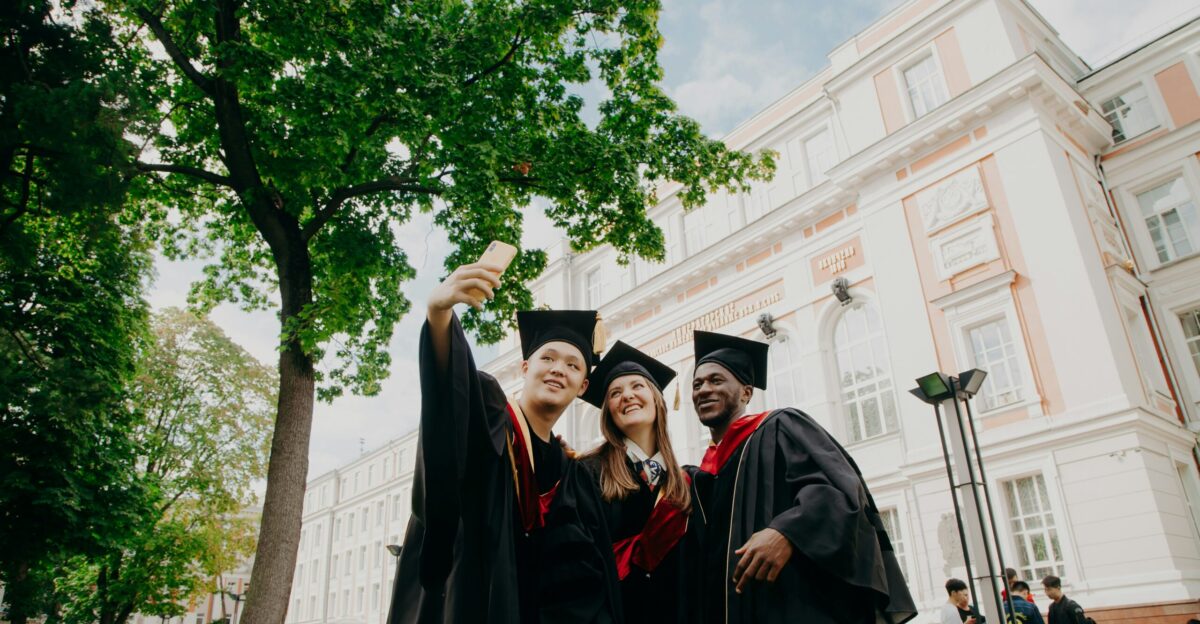
The funding fight has spilled overseas. In late May, the administration revoked Harvard’s permission to enroll new international students under the student visa program. This threatened nearly 7,000 foreign scholars (about 27% of Harvard’s student body) with expulsion unless they transferred.
Although a court quickly issued an injunction to block the visa ban, many prospective students had already cancelled plans to study in the U.S.
Harvard’s president decried the move as retaliatory, and Representative Jamie Raskin (D-MD) called it “an intolerable attack on Harvard’s independence and academic freedom”.
Meanwhile, blocked students face a scramble: some universities abroad have even reached out with offers for displaced Harvard scholars.
Internal Tensions
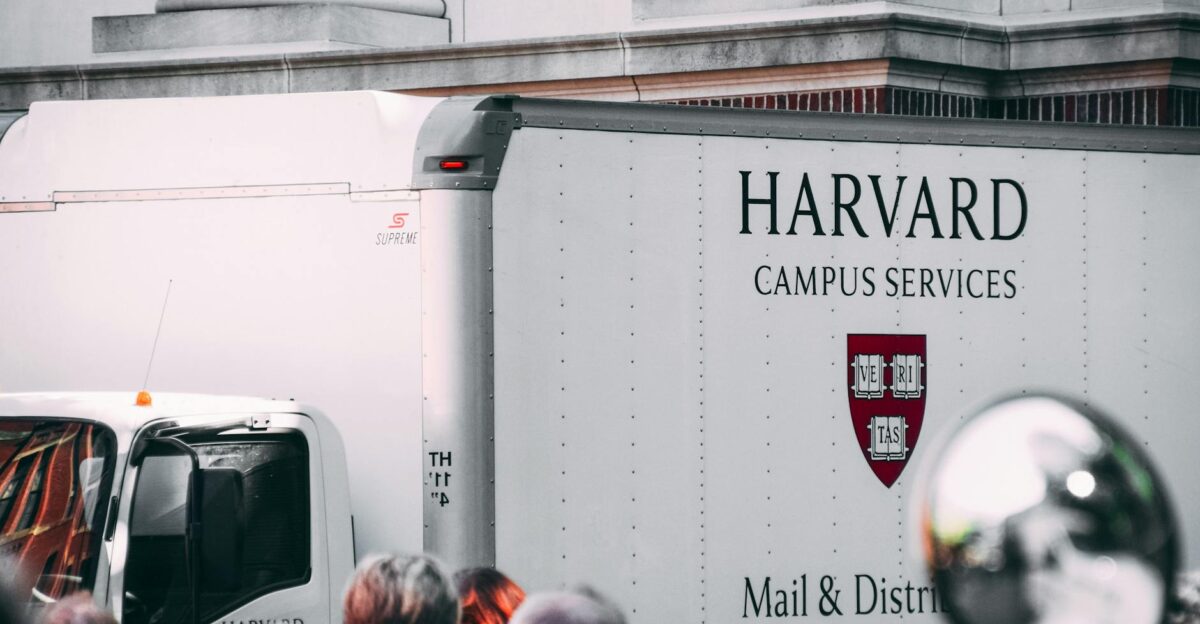
Back on campus, Harvard’s own community is divided. Faculty and administrators are caught between outrage and anxiety. Some professors argue for holding firm on principle, while others quietly explore limited concessions to get funding back.
Graduate students report feeling abandoned as labs shutter; some say they’re considering leaving their programs entirely.
“There is a real debate here over whether to make pragmatic compromises or to fight it out,” says a senior faculty member off the record.
Many junior researchers worry that any deal could come at too high a price, compromising academic independence.
Leadership Response
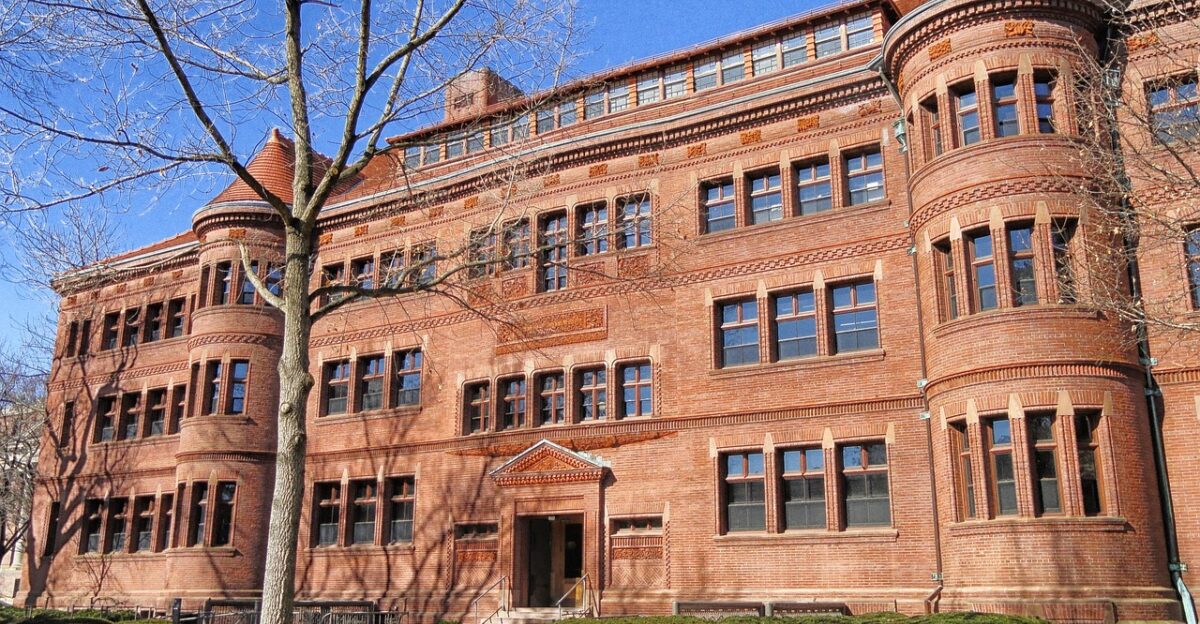
University leaders have moved aggressively to shield science within Harvard. In mid-May, President Alan Garber announced a $250 million emergency fund to support critical research.
Crucially, these extra dollars come from Harvard’s central reserves — not the endowment — and represent roughly a 50% increase in its usual research budget.
Garber and Provost John Manning framed the cuts as illegal and vowed to fight them in court. Meanwhile, Harvard imposed its own hiring freeze and began scrutinizing budgets.
To bolster liquidity, the university issued $750 million in taxable bonds on Wall Street.
Recovery Efforts
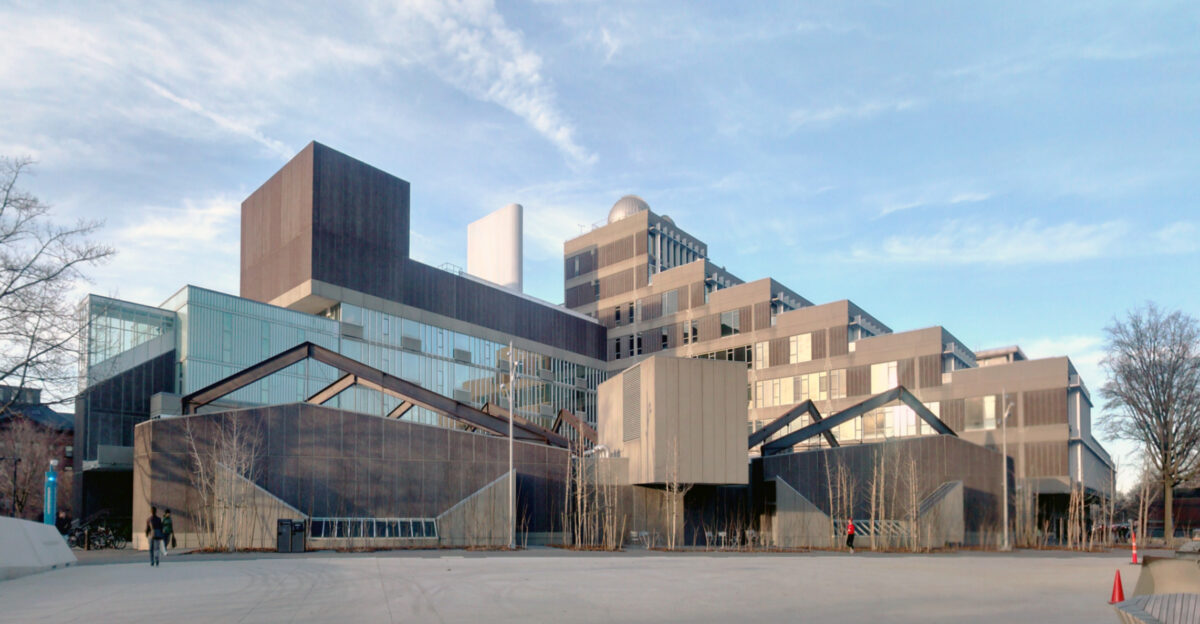
Even as Harvard litigates in federal court, it has taken steps to mitigate damage. Research Continuity Committees were set up in each school to oversee emergency funding allocations and to help scientists find new grants.
In the Faculty of Arts and Sciences, Dean Hopi Hoekstra announced a new program to keep affected labs alive: it will cover 80% of remaining expenses for grants once alternate funds are exhausted, running through June 2026.
All faculty were instructed to pause big equipment purchases and hold off on hiring unless absolutely necessary.
To Harvard’s surprise, alumni and donors rallied in support: about $1.14 million poured in online during the two days after Garber publicly rebuffed the administration.
Expert Skepticism
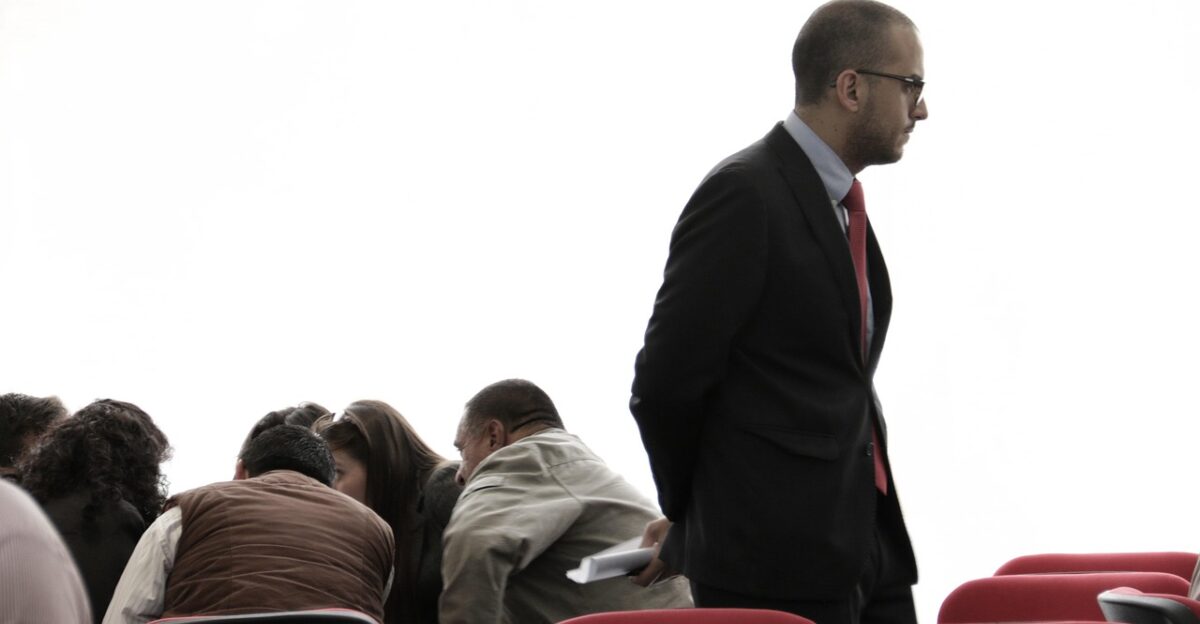
Despite these measures, many analysts fear the damage will linger. Harvard’s own Kanaka Rajan warns that interrupted trials mean “we forfeit cures that might have been, lives that could have been saved”.
Others note that the precedent of cutting research for political reasons could discourage students from pursuing science careers.
Surveys show graduate programs are already struggling to recruit, and top international talent is weighing foreign offers. Critics say this is more than a Harvard problem — it’s a warning sign for American science.
If grant funding becomes subject to ideological litmus tests, the risks include not only one semester’s research lost, but a long-term decline in the U.S. research enterprise.
Future Questions

With lawsuits pending, fundamental questions hang over the future of U.S. academia. Will more universities face similar ultimatums — or will this barrage provoke a stand against such political conditions on research? Can American campuses maintain their independence while relying on federal dollars?
Harvard emphasizes that for over eighty years the government-university partnership has fueled discovery, but now must fight to preserve it. Some observers worry that even the prospect of this fight is enough to drive scientists abroad.
The outcomes at Harvard’s two pending cases — over grants and student visas — may set legal precedents that determine whether U.S. research institutions can remain free in an increasingly partisan era.
Political Ramifications
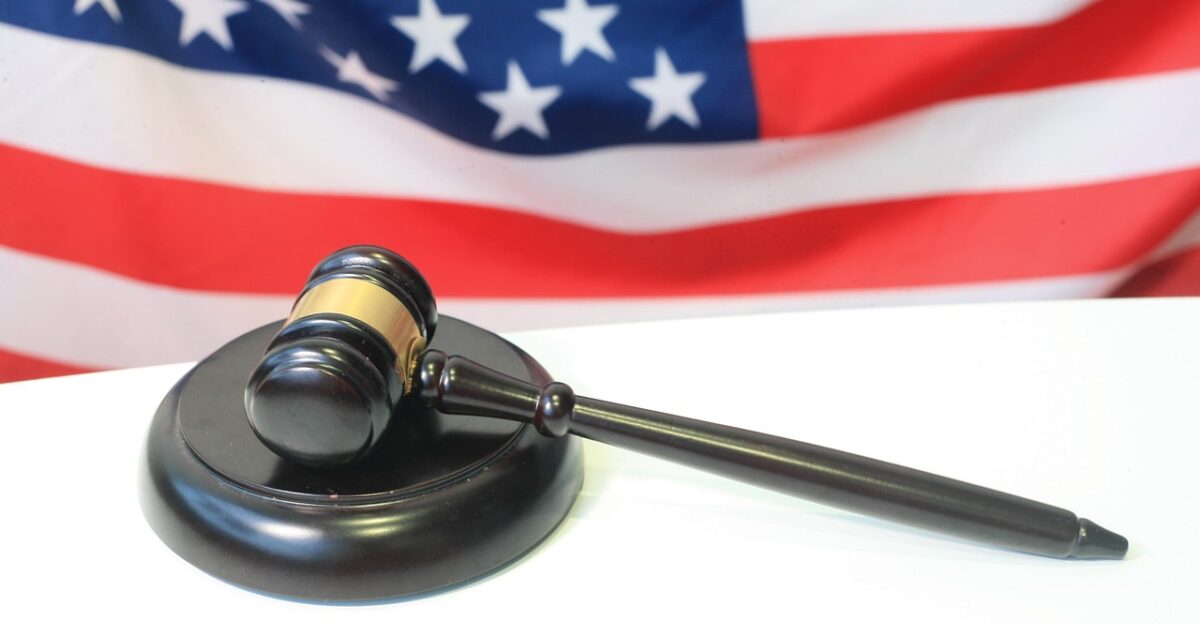
The stakes quickly became a matter of high politics. The Columbia settlement surprised many because it included a large cash payment: the university agreed to transfer roughly $200 million to the government in return for reinstating its grants.
This steep price tag was viewed as a sign of the administration’s hard line — President Trump himself praised the outcome on social media.
Education Secretary Linda McMahon hailed the deal, predicting it would “change the course of campus culture for years”.
Meanwhile, Trump declared on Truth Social that “many other higher education institutions… are next in line.”
Global Competition

America’s research lead may also be at risk. Analysts note that international candidates are increasingly wary of U.S. universities after the visa restrictions and funding uncertainty. At the same time, foreign governments are seizing the moment.
China, for example, has poured resources into new research hubs and even actively recruited Harvard scholars whose grants were cut.
Elite Chinese institutions have begun advertising to U.S. scientists, promising generous support. One former U.S. researcher now at China’s Westlake University put it bluntly: “Without foreigners, [American science] can’t go on,” warning of a shrinking talent pool.
As global rivals invest heavily, experts fear the U.S. could lose ground if it appears to treat science as a political game.
Legal Precedents

Harvard’s court battles could define new limits on federal power over academia. In its filings, Harvard argues that the government’s demands — from admissions changes to faculty surveys — violate basic academic freedom and even the First Amendment.
Lawyers point out that federal law (Title VI) normally requires investigations and hearings before education funding is cut, procedures the government skipped.
So far, federal judges have issued an injunction protecting Harvard’s foreign students, but they have yet to decide on the broader funding claims.
Legal experts say the outcome may establish critical precedents: either reinforcing universities’ autonomy, or giving the administration sweeping authority to redirect research dollars based on ideological criteria.
Generational Impact

Worries go beyond current researchers to the next generation. Many fear the turmoil will produce a “lost generation” of scientists. Young scholars already see academic careers as precarious: a survey of affected students found many reconsidering Ph.D. programs.
At Harvard, professor Laura Kubzansky paints a bleak picture: trainees are “looking for jobs overseas” and will leave academia if a safer path opens up.
The uncertainty is especially hard on international students caught between visa rules and fading grants.
Over the long term, loss of early-career talent could take decades to reverse, weakening the pipeline that has traditionally fueled America’s innovation engine.
Scientific Democracy

Beyond budgets and lawsuits, Harvard’s crisis raises deeper concerns about science and democracy. Critics argue that tying research dollars to ideological compliance fundamentally undermines the independent inquiry essential to progress.
As one analysis notes, the recent months saw Trump calling higher education “the enemy,” freezing billions in grants and attacking diversity programs.
If financial survival forces universities to pick sides politically, the very nature of American scholarship could change.
The fight at Harvard will thus reverberate far beyond Cambridge — it will test whether the U.S. can preserve open, evidence-based science in an age of partisan division.